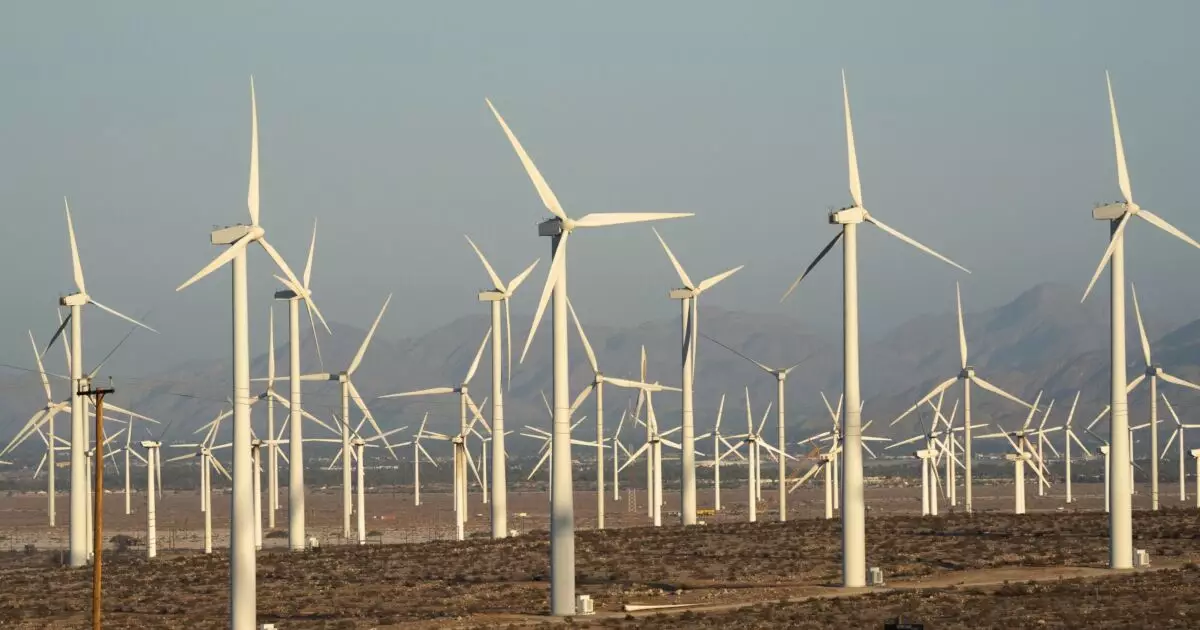Marin Clean Energy’s recent credit rating upgrades by Moody’s and other agencies appear as shining endorsements of its resilience and growth. Yet, a closer inspection reveals these accolades are built on shaky ground. While the company’s improved liquidity and operational stability might seem like triumphs, they mask inherent risks simulating a sustainable future. The narrative that community choice aggregators (CCAs) like MCE are revolutionizing California’s energy landscape is largely superficial—fundamentally, it’s a more of the same with a green veneer. The upgrades overlook the structural vulnerabilities and the illusion of independence that CCAs foster, especially when their core operations remain tethered to traditional investor-owned utilities such as PG&E.
Sweet Talk of Resilience Distracts from Underlying Volatility
Moody’s praises MCE’s ability to deliver consistent performance amidst a volatile energy market, but the truth is that this stability is fragile. MCE relies heavily on risk mitigation strategies like long-term prepayment bonds—a model that might appear innovative but is essentially a financial gamble on future market conditions. When over a billion dollars in bonds are used to lock in discounted natural gas supplies, it exacerbates California’s dependence on volatile markets that are subject to geopolitical and economic shocks beyond anyone’s control. While such strategies may buy temporary stability, they could prove to be anchors when market dynamics shift unpredictably.
The Illusion of Customer Loyalty in a Choice-Driven Market
MCE’s ability to retain a high percentage of its customer base could be viewed as a testament to its success. Yet, in reality, this default loyalty is less about the superior service and more about limited practical alternatives—many customers are simply locked into a system that offers no meaningful choice. Despite the theoretical freedom to switch back to PG&E, few do, which leads to an artificially stable revenue stream that conceals the underlying fragility of the model. Furthermore, the affluent demographics of the service area suggest that these customers may not be the most representative of California’s broader population, raising questions about scalability and equitable access to energy independence.
Green Engineering or Greenwashing?
The narrative surrounding MCE’s green credentials hinges on its procurement of renewable energy and its promotion as a fossil-free alternative. While these claims sound impressive, they epitomize a selective pursuit of environmental virtue rather than a genuine overhaul of the energy sector. The ongoing reliance on PG&E for transmission and distribution remains problematic; it highlights that CCAs merely subcontract existing energy infrastructure rather than fundamentally transforming it. This creates a misleading dichotomy: a “clean” company that still depends on carbon-intensive grids managed by traditional utilities. The true environmental impact is thus diluted by a system designed more to appease public narratives than to deliver a real sustainable revolution.
Systemic Limitations and Political Narratives
Ultimately, the rise of MCE and similar CCAs underscores a political and financial system obsessed with green branding over genuine structural change. These entities are incentivized to promote the appearance of moving towards renewable energy while avoiding the difficult task of overhaul and innovation at a macro level. Their reliance on market mechanisms like prepayment bonds and their exposure to wholesale energy fluctuations reveal that the model is vulnerable to external shocks. While Moody’s and Fitch rate improvements are valid metrics of financial health, they do little to address whether this “growth” translates into meaningful environmental or systemic progress. Instead, these ratings serve as reassurance that the current system—fragile, complex, and manipulated—can continue to deliver the illusion of progress for the politically expedient.
In sum, the recent credit upgrades for Marin Clean Energy should be viewed skeptically. They reveal a system buoyed more by financial engineering and marketing than by a transformative shift toward a truly sustainable and resilient energy future. As defenders of moderate reform, we must question whether these “green” successes are genuinely what California—and the world—need or if they are instruments to placate public concerns without risking the entrenched interests that dominate the energy landscape.

